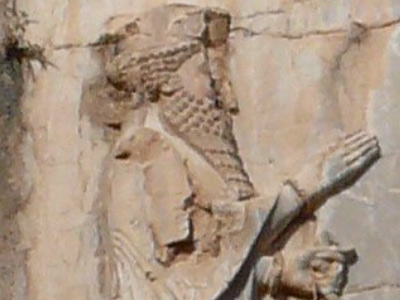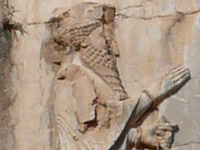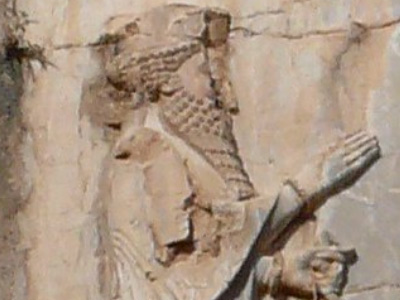Battle of Artemisium (480 BC)

Strategic and tactical considerations
Strategically, the Allied mission was simple. The fleet needed to protect the flank of the army at Thermopylae, whilst not being cut off themselves. For the Persians, the strategic situation was equally simple, although with more options. They needed to force their way through either one of Thermopylae or Artemisium (since holding both was necessary for the Allied effort), or to outflank either position. Outflanking the Straits of Artemisium was theoretically much easier than outflanking Thermopylae, by sailing around the east coast of Euboea. The Greek position at Artemisium may have been chosen in order to watch for such attempts. If narrowness of the channel had been the only determinant, the Allies could have found a better position near the city of Histiaea.
The Persians were at a significant tactical advantage, outnumbering the Allies and having "better sailing" ships. The "better sailing" that Herodotus mentions was probably due to the superior seamanship of the crews; most of the Athenian ships (and therefore the majority of the fleet) were newly built, and had inexperienced crews. The most common naval tactics in the Mediterranean area at the time were ramming (triremes were equipped with a ram at the bows), or boarding by ship-borne marines (which essentially turned a sea battle into a land one). The Persians and Asiatic Greeks had by this time begun to use a manoeuver known as diekplous. It is not entirely clear what this was, but it probably involved sailing into gaps between enemy ships and then ramming them in the side. This maneuver would have required skilled sailing, and therefore the Persians would have been more likely to employ it. The Allies, however, developed tactics specifically to counter this.
Herodotus suggests that the Allied ships were heavier and, by implication, less maneuverable. Their weight would further reduce the likelihood of the Allied ships employing the diekplous. The source of this heaviness is uncertain; possibly the Allied ships were bulkier in construction. Another suggestion is that the heaviness was caused by the weight of fully armoured hoplite marines. The Allies may have had extra marines on board if their ships were less maneuverable, since boarding would then be the main tactic available to them (at the cost of making the ships even heavier). Indeed, Herodotus refers to the Greeks capturing ships, rather than sinking them.
HISTORY

RESOURCES
This article uses material from the Wikipedia article "Battle of Artemisium (480 BC)", which is released under the Creative Commons Attribution-Share-Alike License 3.0.
© Stories Preschool. All Rights Reserved.









